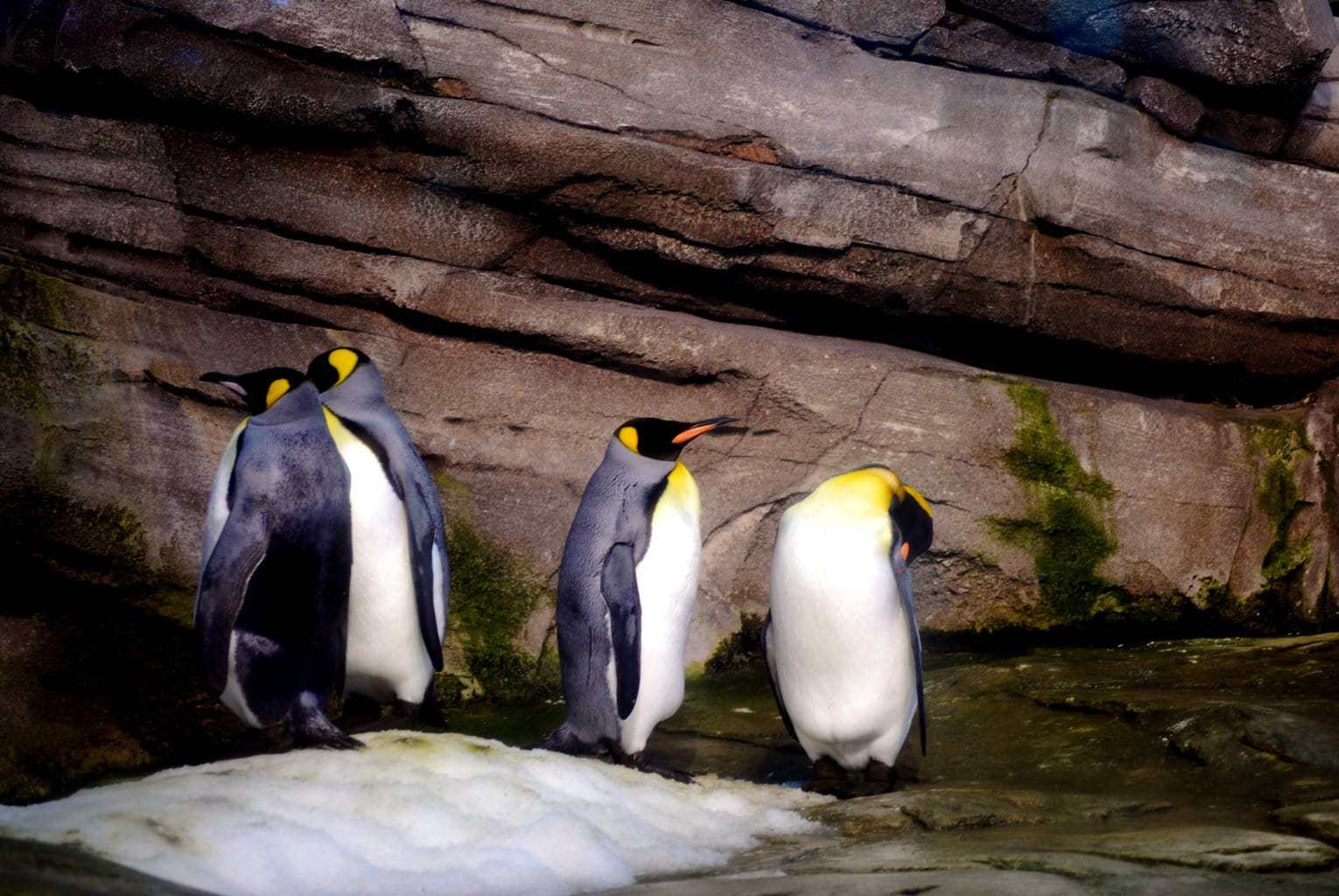Visits to a zoo are quite a photographic experience, nowhere else will you find so many different animals in such a small space. It is up to you that this photographic experience is satisfying instead of suffering a dramatic moment when viewing the photos on the computer. And if what you want is to delve into nature photography, this is our most complete guide, with tips, tricks and lots of inspiration.
There are a number of recurring mistakes when photographing in a zoo, and these are often responsible for turning this adventure into a drama. Do you want to know them to avoid them? Get comfortable and take note ?
1. NOT CARRYING A TELEPHOTO LENS
This is one of the most frequent errors and, furthermore, I would add that it is serious, if we can talk about seriousness ? Many of the animals in the zoo are too far away to be captured with another type of lens, so I recommend that you take a look at the backpack an objective of the type 70-300. They will help you get up close to all the animals, photograph the birds in flight and isolate them from the background.
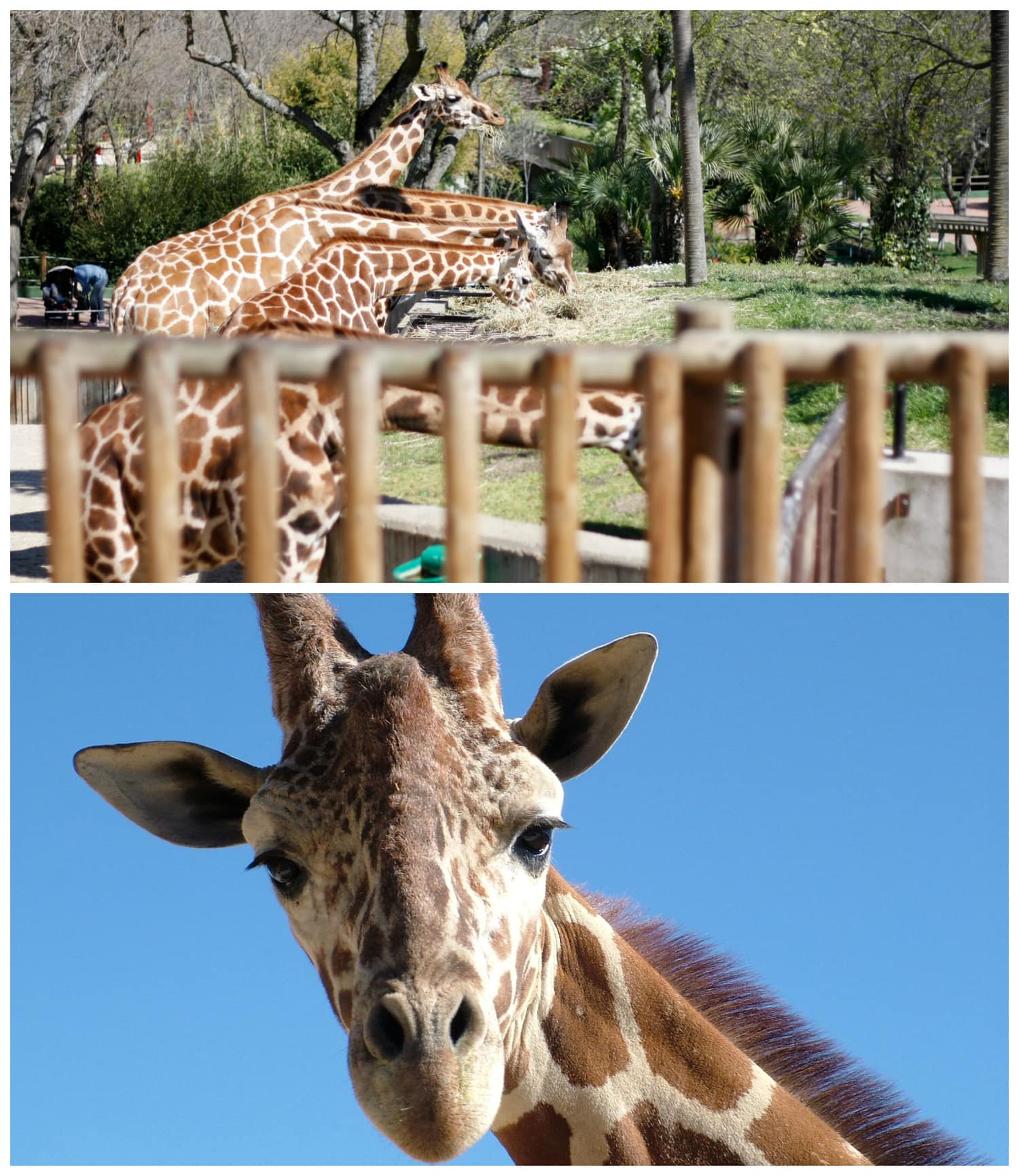
That doesn't mean you can't take other lenses, like the king , or a wide angle to get more general shots. I insist, in addition to TV ?
2. GO ACCOMPANIED
This is something that sometimes cannot be avoided. If you go with your children and want to take advantage of the visit, focus more on enjoying them and their expressions, but if what you want is to practice and get good pictures of animals, my advice is to go alone or be accompanied by someone who the same objective as you, and I'm not referring to the lens, but to photograph animals ? Sometimes we don't imagine how desperate it can be to accompany us! And surely you don't concentrate the same if you have someone next to you rushing.
You need time for your adjustments, to find the right position and moment, to return three times to visit the lion if you catch it sleeping or hiding. For all this... it is best to go without company, don't you think?
3. NOT OBSERVING
Another mistake is to shoot as soon as you arrive. If you wait and watch a bit, you will see that the animals interact with each other, or that they make some more interesting or funny gesture, that they move to a more suitable position to photograph them or that they give you a look worthy of a photon.
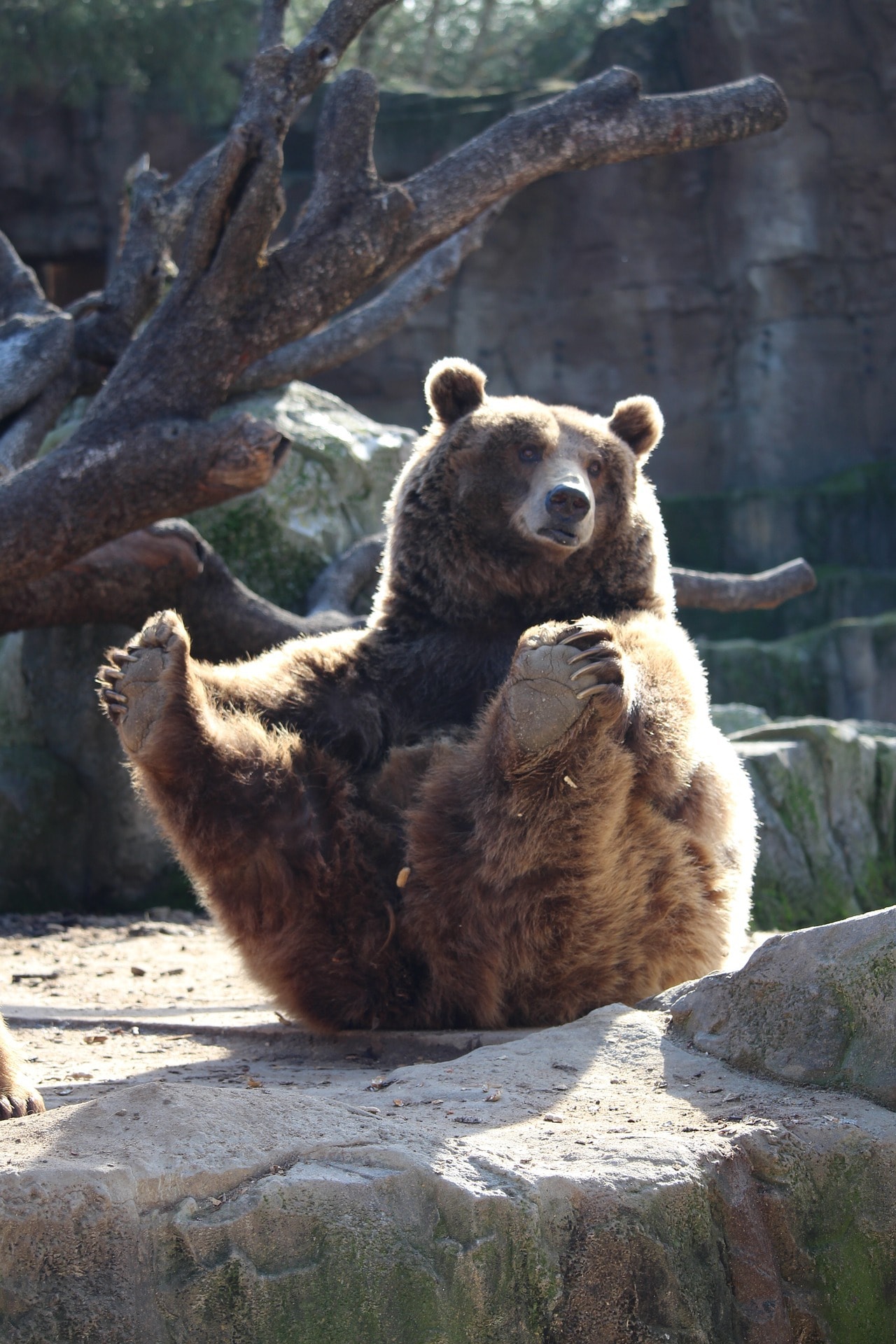
4. DO NOT SHOOT IN BURST
Unless they are sleeping or resting, the animals will hardly pose still for you. They are in continuous movement, so a burst shot can help you choose the best photograph, the best gesture or a more attractive pose.
5. IGNORE THE BARS
Sometimes you will have no choice but to shoot through a fence, a wire fence or a fence. We cannot forget that you are in a zoo and not in the middle of the jungle ? There is no option to remove them, nor to jump over them, what you can try is to photograph between the bars, or put the objective between the wire fence if there is enough space. If there isn't, a trick is to blur the wire fence a lot so it doesn't bother.
6. FORGETTING THE IMPORTANCE OF COMPOSITION
Focusing on the right settings, so that the gate does not come out, that the animal looks at you, that another visitor's hand does not appear, etc., can make you forget something very, very important: the composition . A good perspective , the rule of three thirds, filling the frame , the law of gaze ... Remember all these resources so that your photo has a great impact. A bad composition is synonymous with a bad photograph. You see the difference?
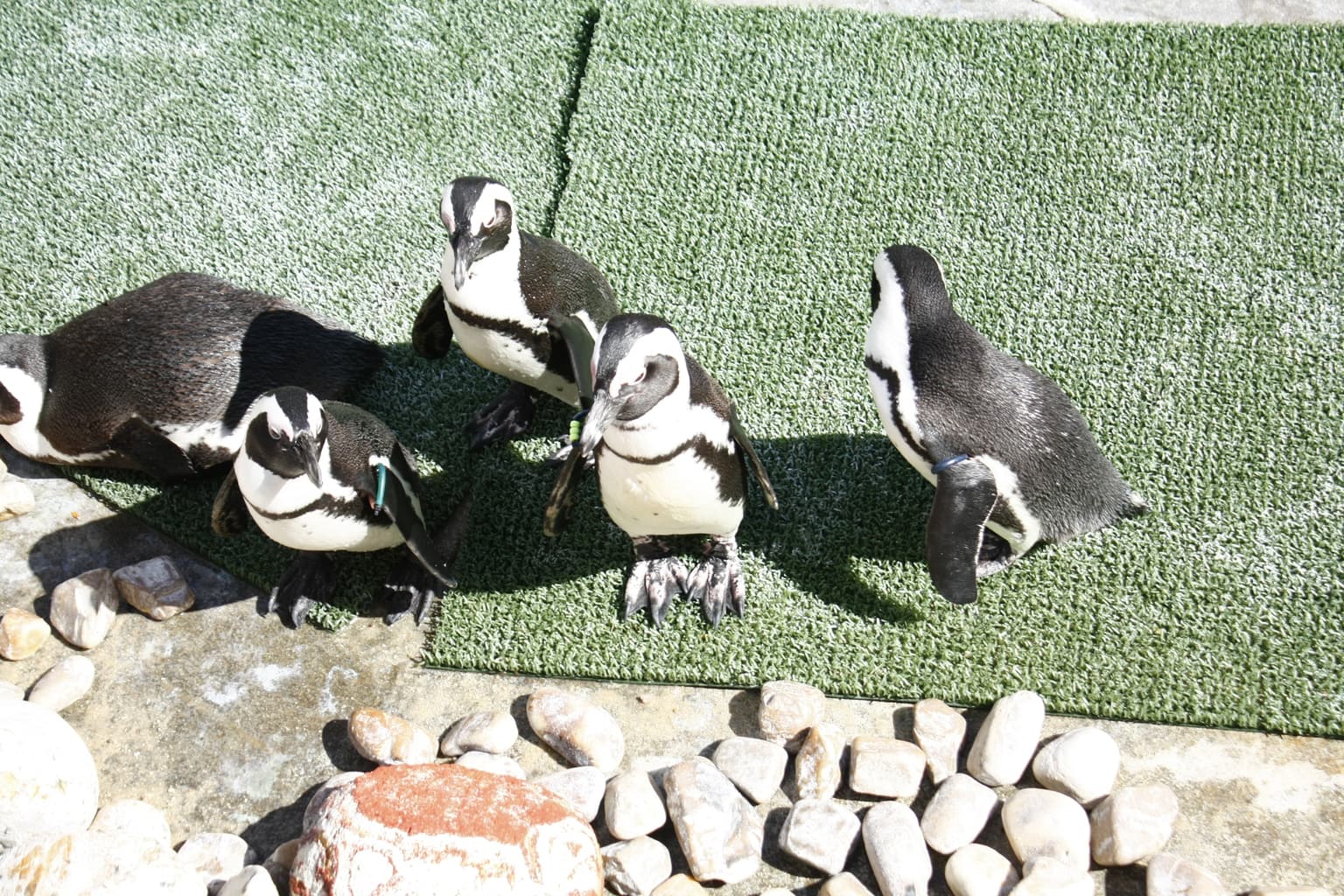
7. NOT TAKING REFLECTIONS INTO ACCOUNT
Many of the photographs will have to be taken through glass. If you focus too much on the animal, it is very possible that you forget certain details such as reflections. This is very easy to avoid if you change your angle or position. Reflections are not only very annoying but can completely ruin your photo. These two photographs have been shot through glass, do you see the difference?
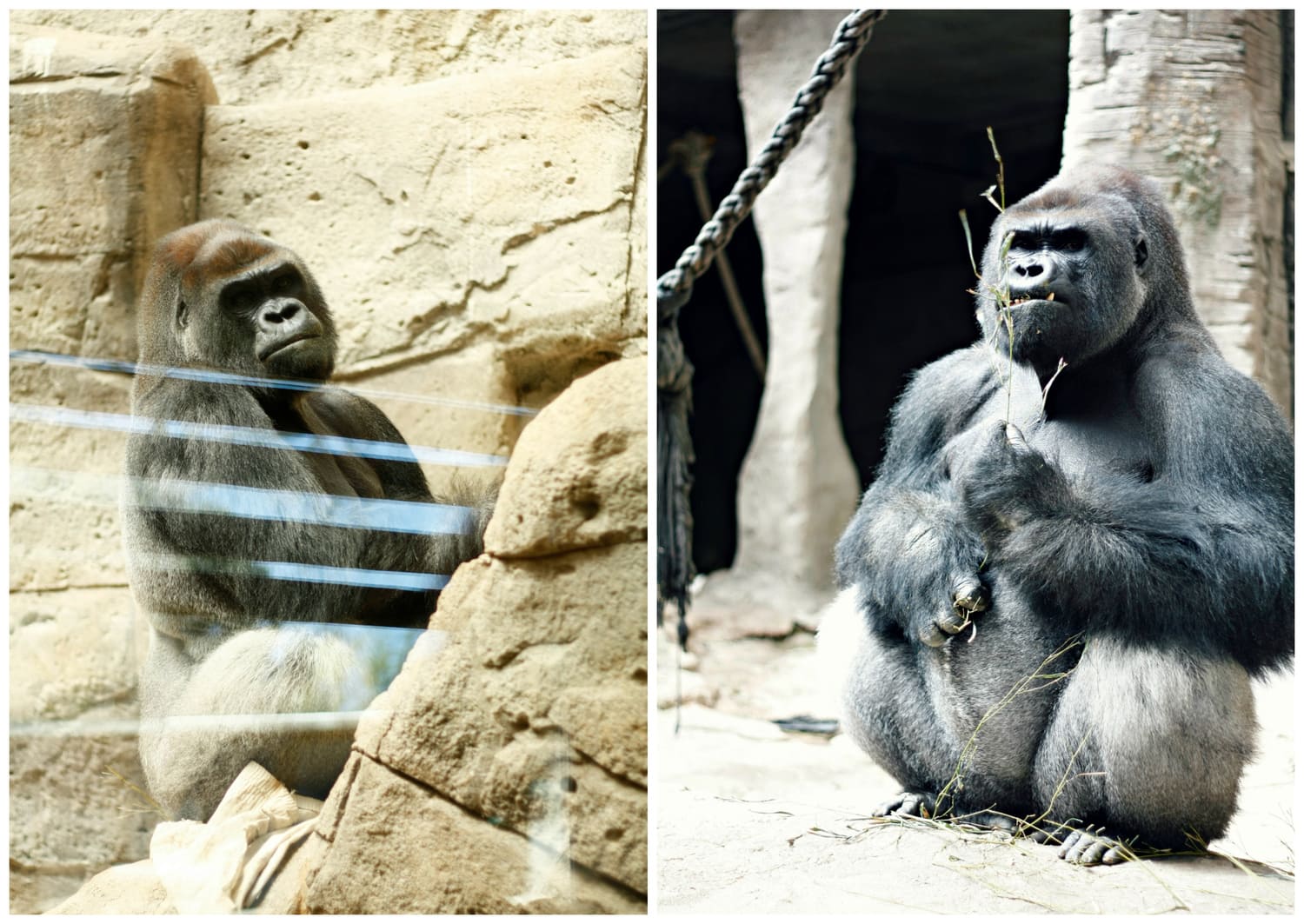
8. NOT CLEANING THE WINDOWS
And speaking of crystals, you can't avoid the dirt inside, but you can avoid the outside if you take a cloth with you. Not only reflections can spoil your image, a stain on the glass or marked fingers will be the ruin. Pass the rag and glue the objective to the glass well.
9. NOT CHOOSING A GOOD PLACE AT SHOWS
Think about what type of photography you want, if a close-up, a global shot, the dolphin's jump or the entire pool... Depending on your wishes, choose the place to situate yourself, especially if there are a lot of people, because when you want to change it is still there. all busy.
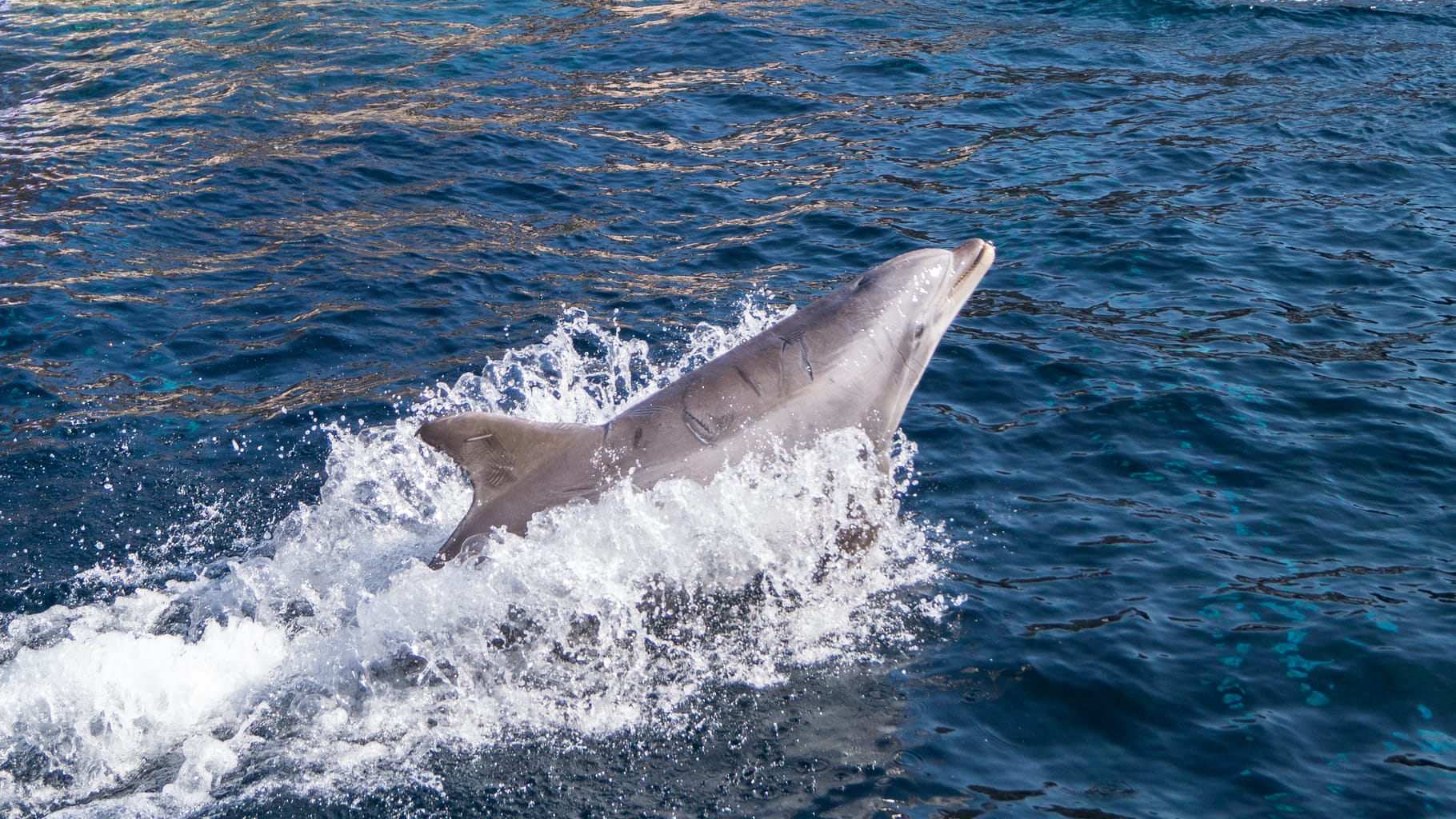
10. NOT TAKING CARE OF THE FUNDS
Now, of course, you can't change the background in a zoo, nor can you ask the animal in question to move where that beautiful green is behind. What you can do is blur it, move yourself, change the angle or even wait for it to move to a place that suits you best. Taking care of the fund will be worth it, I assure you.
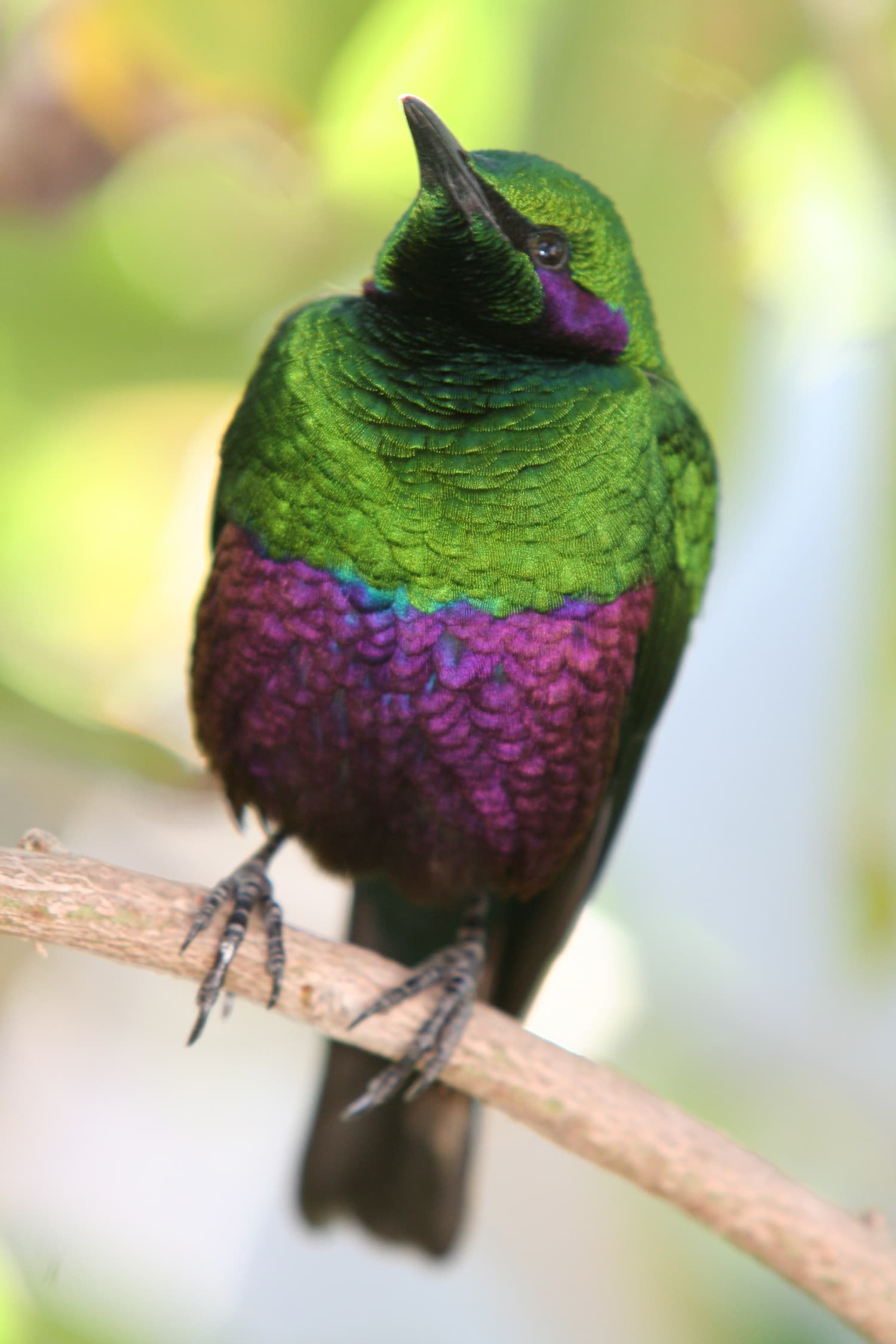
11. GO ON A VERY COLD OR VERY HOT DAY
In addition to your own discomfort, a day when the temperatures are anything but mild you will find the animals a bit more uncomfortable. And if we talk about a winter day, the inconvenience will be added that the day is much shorter and the time to shoot is reduced.
12. NOT CHOOSING THE RIGHT TIME OR DAY
You are seeing that choosing the day is not a task that you should leave to chance. If you want to take advantage of the visit with your children, great, as we have already mentioned, you will have to settle for what you can achieve, although you will take home something much more satisfying, their smiles! Now, if you are looking for a good photo shoot, avoid the weekends when the zoo is crowded. Visitors can interfere with your photos, as well as having to "fight" for the best visibility ? Also plan your session based on the shows, if you want to photograph them, of course.
Photographing at noon is also usually a mistake, as the light is too harsh, causing a strong contrast and many shadows. Also, it is possible that you will find many animals taking a nap ? To avoid the light (the nap is more complicated, of course) take advantage of a cloudy day or, in the central hours, go into the terrariums or aquariums if there are any to take advantage of time
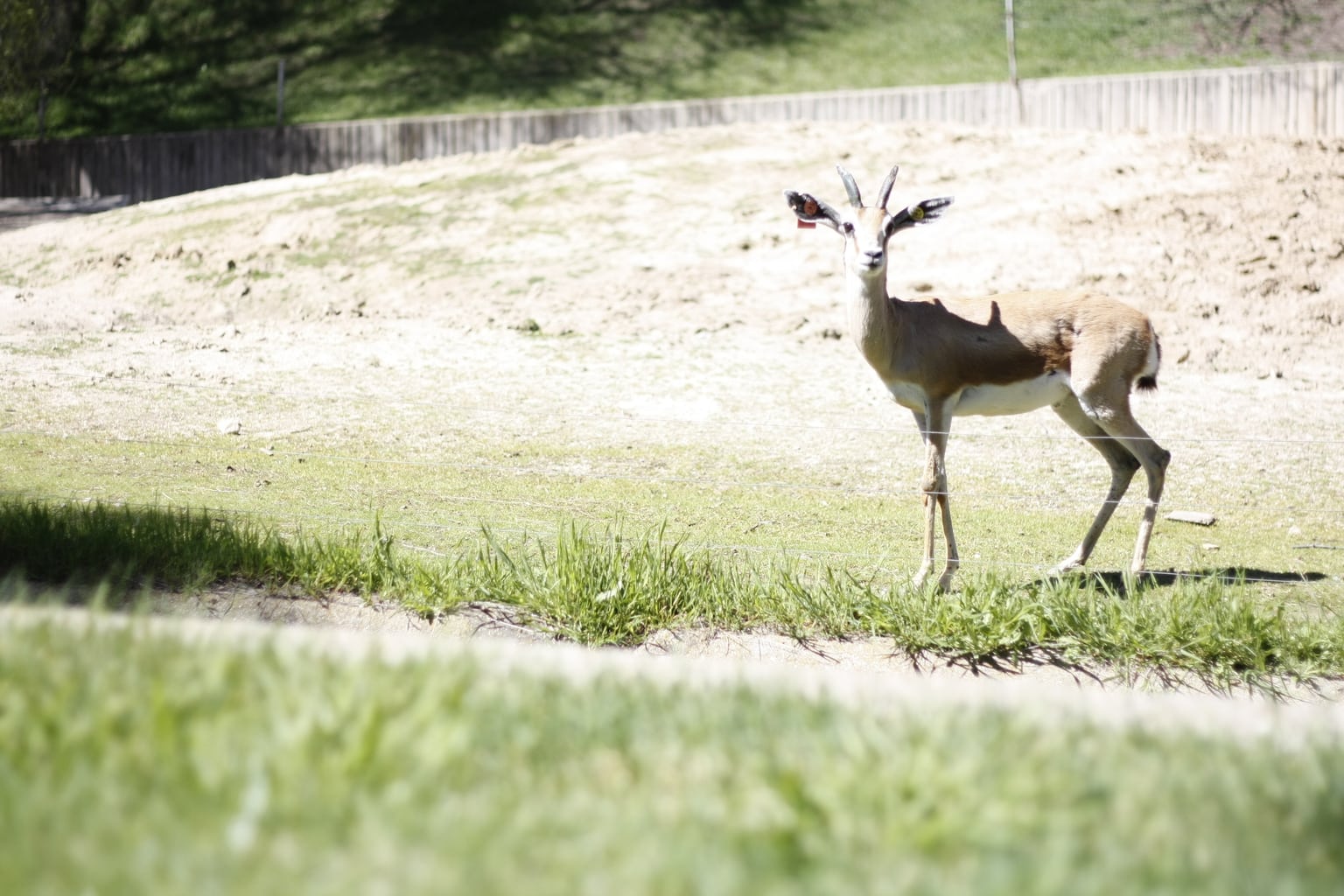
13. NOT RESPECTING ANIMALS
Remember that you are photographing living things. They deserve all your respect and care. Respect if you can't feed them or if they are resting. Do not scare them or do anything that is not allowed or that may upset them. Pay them the one they pose for you with all your respect and care.
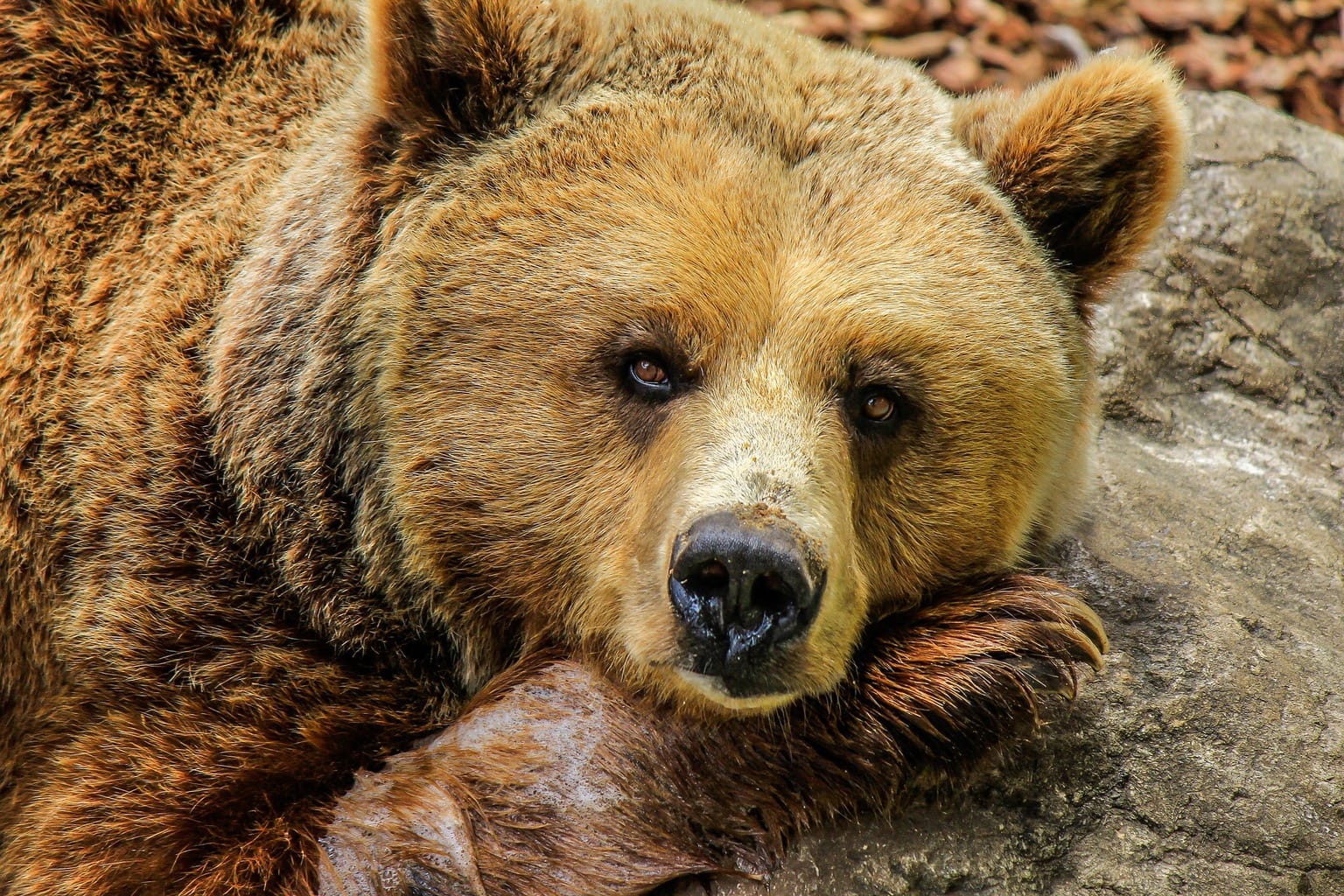
What did you think of the article? Have any of these errors occurred to you? Have you felt like going to correct them? Or have others happened to you? I encourage you to share them with us!
If you liked it, I will be infinitely grateful if you share it on your social networks. The little animals will thank you too ? Thank you and until next time!

